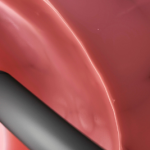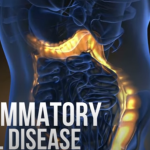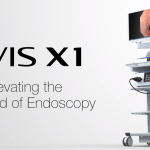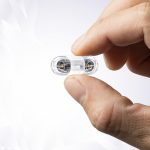Introduction of Olympus EVIS X1 Equipment
The Diagnostic Endoscopy Centre has an ongoing commitment to provide optimal care and have further enhanced the provision of the quality of care to our patient with the introduction of the latest endoscopic equipment with the EVIS X1 Olympus equipment. We have replaced all our existing processors and endoscopes with the new generation technology from Olympus to increase the diagnosis of disease and the detection of pathology during the procedures performed in our facility.
Olympus Australia have provided this summary of the improvements to clinical care which are now available with this new equipment.
The EVIS X1 is Olympus’ latest processor platform and helps with:
- Detection – Texture and Colour Enhancement Imaging (TXI) aims to enhance the visibility of potentially suspicious tissue which may include inflammation and flat or depressed lesions.
- Characterization – Narrow Band Imaging (NBI) is a proven technology that allows for a reliable optical characterization of all lesions and polyps in the gastrointestinal tract.
- Treatment – Red Dichromatic Imaging (RDI) is designed to enhance the visibility of deep blood vessels and bleeding sources to support effective sampling and treatment.
The EZ1500 range of scopes have:
- Improved observational performance with EDOF technology – it generates images with large extended depth of field (EDOF) with near points and far points both in focus.
- High quality imaging – The newly employed CMOS sensor gives high image quality and downsizing at the same time.
- Improved operability with an Ergo Grip – reduced weight of the control unit reduces user fatigue.
ENDO-AID (CADe – Computer Aided Detection) is an application powered by Artificial Intelligence to support the detection of colorectal polyps. A meta-analysis of AI in colonoscopy showed a 10% absolute increase in Adenoma Detection Rate (ADR). In another study, a 1% increase in ADR results in a 3% decrease in the risk of colorectal cancer.
Our clinicians have always achieved above average adenoma detection rates and we are already seeing a further increase in this indicator of clinical excellence following the utilisation of this cutting edge equipment.






